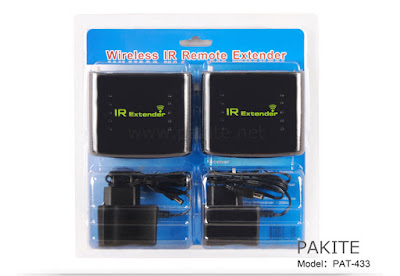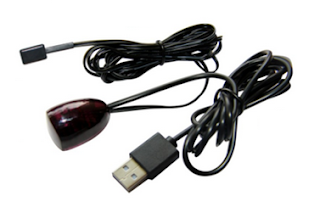Bluetooth transmitters and
receivers(Pakite do not offer this product) are an excellent solution for breathing new life into older home audio and entertainment devices. Similar with
wireless av sender transmission. They transform old machines into
smart devices, allowing for music to be transmitted via a wireless connection. In other words, they allow source devices like televisions and
record players to send music directly to a stereo amplifier and speaker system.
Most importantly, these devices can be built easily for a fraction of their retail cost. Those interested can read on for instructions on building a DIY Bluetooth transmitter and receiver.
Necessary Parts and Tools
To get started with building a DIY Bluetooth transmitter and receiver system, there are a few tools and parts that will be needed:
Required Tools:
- Wire stripper
- Soldering iron
- Hot glue
- Lead
Required Parts:
- Either a 3.5mm audio jack or 6mm guitar amp jack
- Bluetooth module (from a headset or a dongle)
- 28 AWG wires or similar
The Bluetooth Module
Bluetooth mono headsets often result in superior sound quality when compared with Bluetooth dongles. For this reason alone, they are the recommended component to use when building a homemade receiver system. Typically, they do not have any screws when disassembling their casing. Instead, they can be opened by finding the grooves on the sides of the casing.
1. Understanding the Connections
Once the Bluetooth headset or module has been opened, it will have three connections that should be understood: the battery connection, the charger connection, and audio connection. While this may seem confusing, the important thing at this stage is to know which are the + and - connectors (this should be clearly labeled) as these will need to be cut.
2. Removing Components
Once the +- wire has been identified, cutting it will allow the internal speaker to be removed.
3. The Soldering Processes
This step should only be attempted by those who have some soldering experience. It requires soldering the + wire and the - wire to the exterior side to the receiver and then sealing it by using a hot glue gun.
4. Soldering the Wires to the Correct Terminals
This stage involves connecting the ground wire to the ground wire, and the audio wire to the audio terminal so that the audio jack has fully replaced the former speaker connection.
5. Putting Things Back in Place
Once the above step has been completed, it is time to put back the encasement of the Bluetooth device so that it now has an audio jack connection. This will allow it to be connected to various devices such as stereo amplifiers and bookshelf speaker systems. This will allow music to be streamed directly from a smartphone or a Bluetooth transmitter dongle, which can be purchased at bargain basement prices on websites through a wide range of sellers.
Recommend reading:











